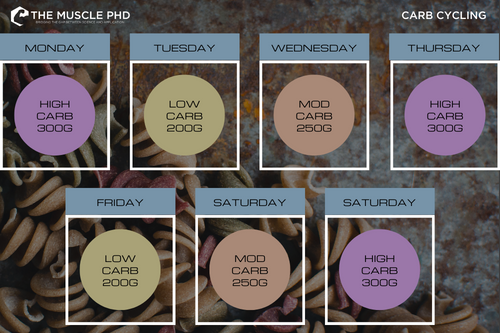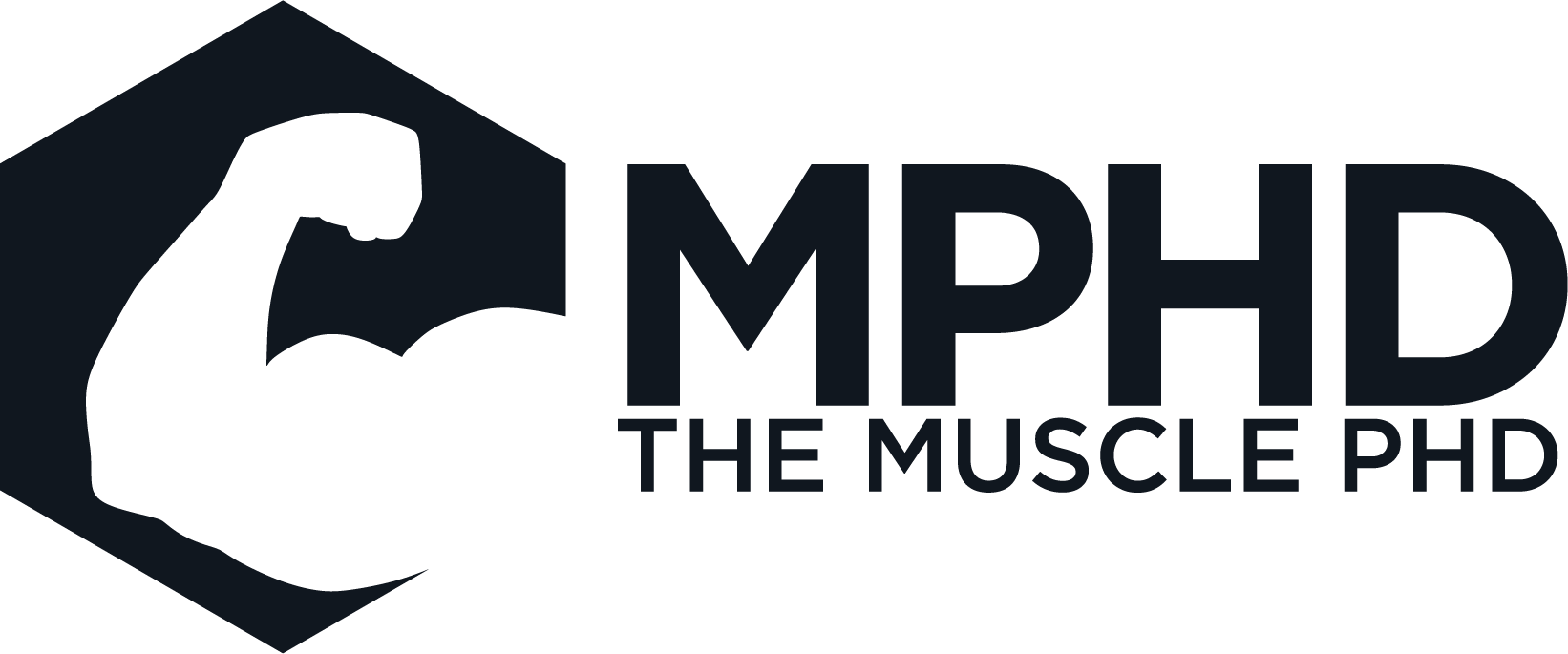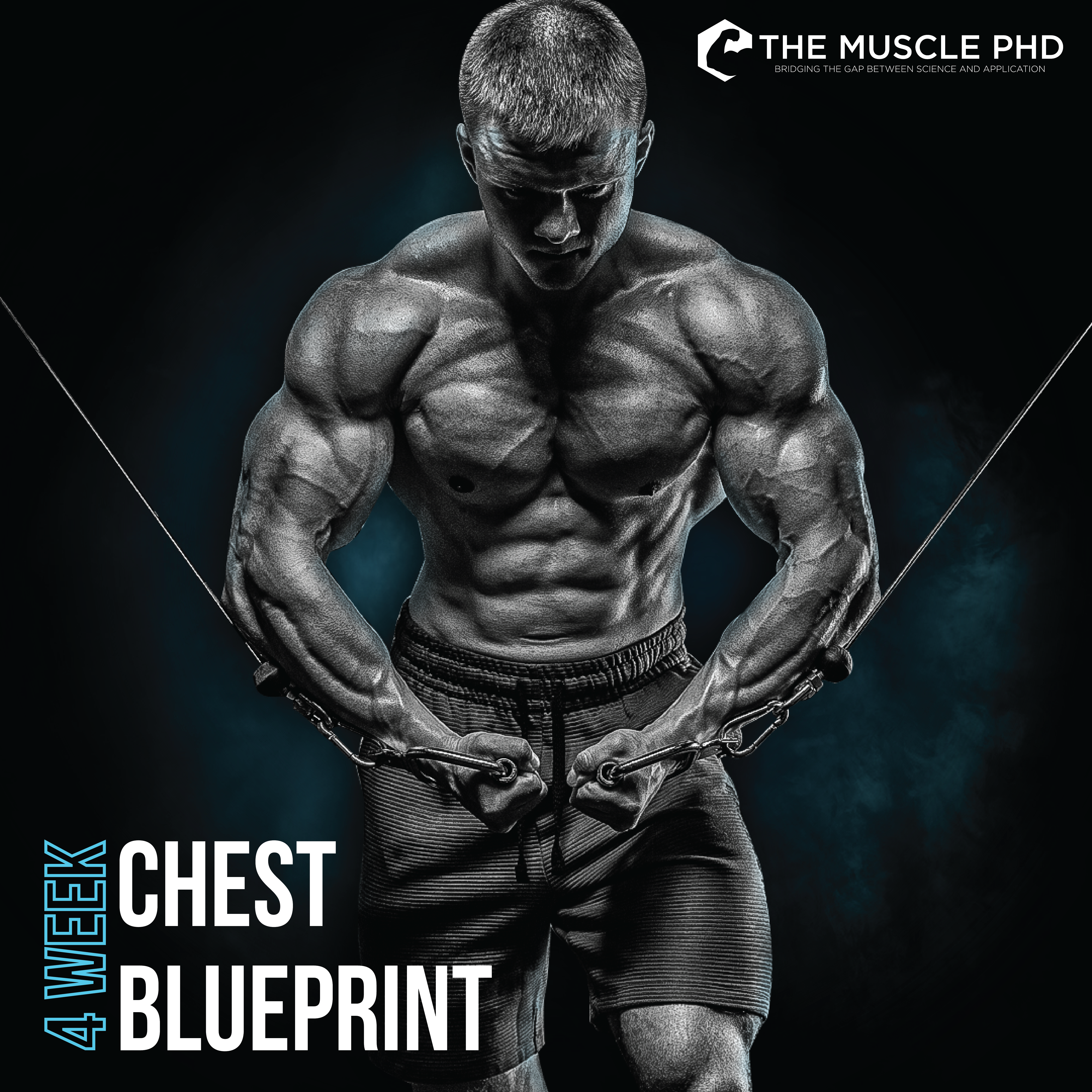So you’re ready to get shredded, perhaps you’re looking to get into a contest and are wondering what your macro split should be in order to look your best on stage. You might’ve heard that your bodybuilding lifestyle is essentially 70% dieting, 20% resting and only 10% exercising, and you’re hoping to customize your macros to help you get the best shred of your life.
Yet, you’ve probably also looked at a lot of these online diets and guides that aren’t really personalized to your body, or they don’t help you build a strong foundation – not to mention that they’re all over the place. Well, after you’re done with this article, you’ll know the key components to your macronutrients and how you can steer them towards helping you get shredded.
Protect at All Cost
There are two things you need to protect during your shredding process. Obviously, you’re looking to protect your hard earned muscle. You wouldn’t want to accidentally chisel away a huge chunk by mistake while sculpting your body. And second of all, and perhaps the most important, you’re looking to protect your metabolism at all costs.
A lot of people follow these online diets, or they follow their local gym coach’s advice about reducing their calories while shredding, or that the only thing that matters is your calories. We find this to be completely false.
Macronutrients
Do macronutrients play an integral role in doing all of the above? Absolutely. Numerous studies have shown that caloric restrictions aren’t the deciding factor when it comes to burning fat. Weight loss is a slightly different story, but losing fat while gaining muscle? Now we have to get into the nitty gritty.
In fact, studies have shown that when the ratio of protein to carbohydrates is higher, as in you upped your protein relative to your carbs, then you lose a higher percentage of fat as well as maintaining muscle at a higher degree. This shows that despite common belief, carbohydrates are actually what you should be manipulating along with lowering your calories!
 We recommend starting by lowering your carbs on a cut, perhaps by doing a carb cycle, and seeing the difference it makes. If you’re looking to lower your carbs in a cyclic fashion, say for example your daily intake is at 300. While leaving your protein and fats intact, lower your intake by a maximum of 100g of carbs, then 50g, then have a high carb day.
We recommend starting by lowering your carbs on a cut, perhaps by doing a carb cycle, and seeing the difference it makes. If you’re looking to lower your carbs in a cyclic fashion, say for example your daily intake is at 300. While leaving your protein and fats intact, lower your intake by a maximum of 100g of carbs, then 50g, then have a high carb day.
We recommend for example:
Two low days (200g of carbs each), during your next day take 250g of carbs, and the next day you take 300g, and finally go back to 200. Eventually though, that’s going to stop working because you’ll need to lower your carbohydrates a lot more.
Ketogenic Diet
Here’s the exciting thing though… If you find yourself at a point where you’re lowering your carbs so much that you’re starting to feel that brain fog all the time, you might actually consider going on a ketogenic diet! A lot of athletes look at the ketosis state as the end-all-be-all state of burning fat, since you’ll be guiding your body to use its fat as a fuel source.
Protein Quality
During your cut, you should always focus on the ratio of your protein relative to your body weight. That’s the key to customizing your diet to your own body. At minimum, we recommend that you never let your protein intake fall below 1g of protein/lb of body weight. This is to protect your muscles at all cost.
Say, however, that your carbs are at rock bottom and you’ve made sure that you have optimal fat intake, but you’re starting to notice a little bit of muscle loss. This would probably be a good time to take a look at the quality of your protein. In order to optimize your protein intake, we recommend branched amino acids. Branched-Chain Amino Acids are different because they’re difficult to break down in your liver, meaning that it’s possible to get 100% of the benefit to reach the muscle! And your body considers BCAAs as a quality protein, all the better for your cut. Studies have shown that when you overreach during an exercise, having high amounts of branched amino acids can protect you from developing overtraining.
Feeling Full?
If you have that guilty pang in your consciousness when you’re actually NOT feeling hungry during your day, stop that. You should always feel satiated before your workouts, and it’s not all about how many calories you consume either. In fact, the quality of your macronutrients when dieting matters, and it matters a lot. You could be consuming fiber rich meals in your diet – that would help keep you fuller for more. Keep in mind that the bulk of your meals also helps a ton to stay satiated.
Say, for example, that you’ve just got your whey protein shake and you eat some Pop Tarts before going to the weight room. You’re probably gonna get hungry extremely quickly. However, if you sat for lunch and had a huge bowl of salad, steak, and broccoli, even if on paper you’ve consumed the same amount of calories, you’ll be far more satiated.
We hope you’re able to customize your macronutrients in order to start cutting and get shredded the correct way! We’ll see you next time you have any questions.









